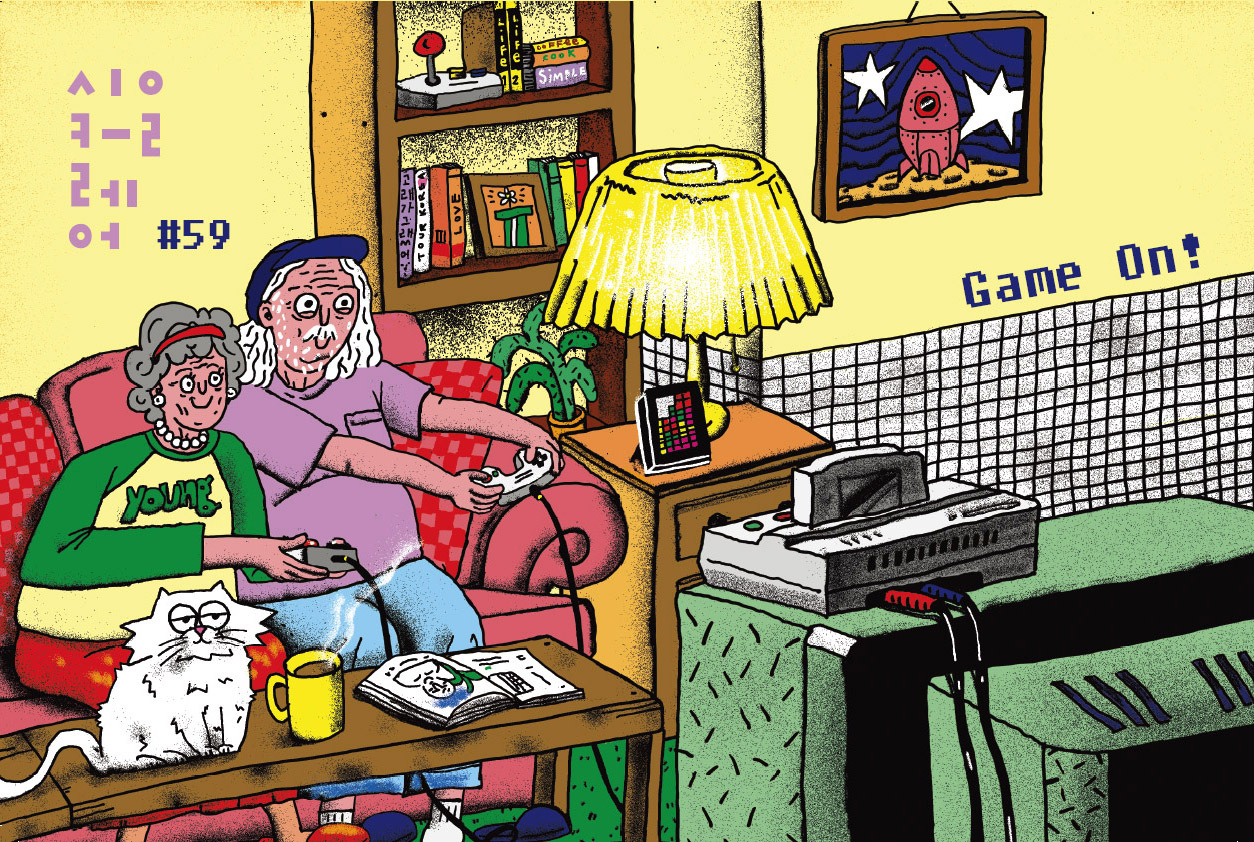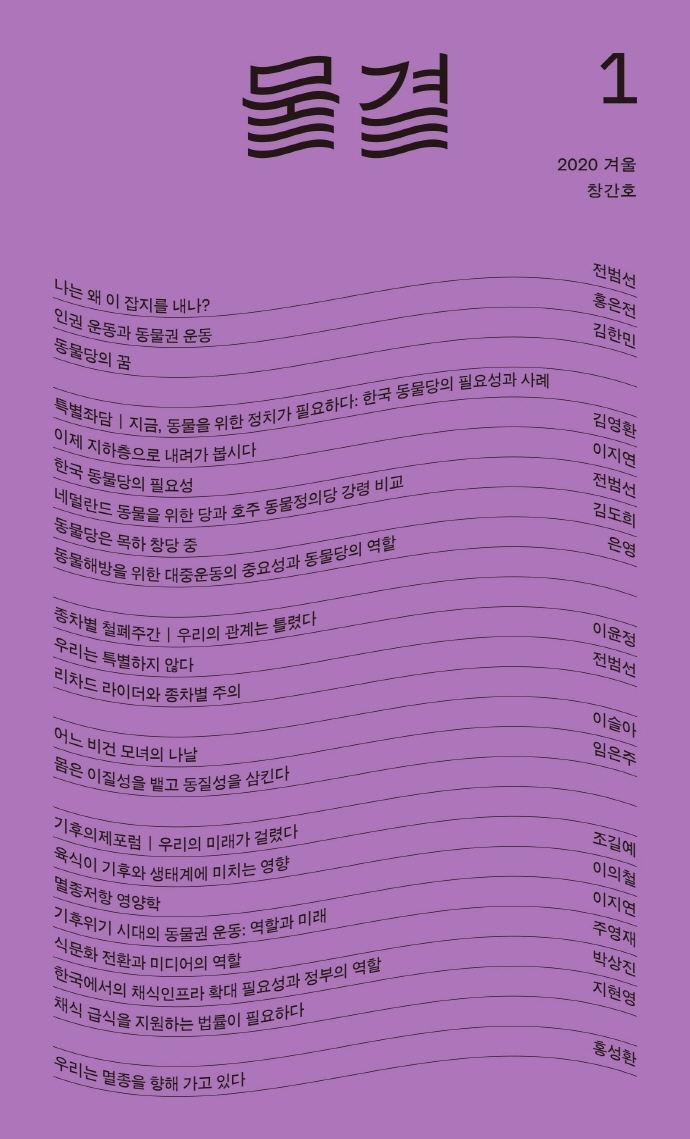
Sinclair (Sinclair)
Are paper magazines dying out, or are they seeing a renaissance?
The magazine market has shrunk steadily since 2012. According to the Korea Press Foundation’s “2020 Magazine Industry Market Research” report published in January, the magazine market was worth 777.5 billion won ($681 million) last year, a 24.9 percent decrease from 2017. Magazines’ average annual revenue stood at 438 million won, compared with 1.26 billion won in 2012. With the decline of the magazine market, the number of people working in the industry went down to 9,104 -- 25.1 percent less than in 2017, when the figure stood at 12,154.
But the number of magazines registered with the Ministry of Culture, Sports and Tourism has steadily increased since 2016. Whereas 4,931 magazines were registered in 2016, 5,511 magazines were registered in 2020.
“The size of the magazine industry is shrinking. There used to be lots of popular magazines but those big magazines have shrunk in size,” Lee Yong-jun, president of the Korean Society for Magazine & Media Convergence Studies and a professor of media and communication at Daejin University, told The Korea Herald.
“Nowadays, professional magazines, free magazines and independent magazines, among others, are thriving. Because of advances in technology, the cost of publishing a magazine is much less than what it was in the past.”
Since the mid-2000s, a number of independent magazines began to appear that focused on niche topics. These strayed from the conventional magazine format and featured few or no advertisements. Each year, many independent magazines close down and new ones emerge.
“It’s not that independent magazines refused advertising and didn’t strive to make a profit. Because advertisements heavily influenced mainstream magazines at the time, independent magazines stood out by contrast,” said chief editor Kang Ji-woong of Sinclair magazine. Sinclair, launched in 2000, is one of the country’s oldest and most iconic independent magazines.
For Kang, the magazine is a side job that fulfills a thirst to tell personal stories.
“Before, people wanted to tell stories in a magazine format, like Sinclair, but those detailed stories are published as independent books rather than in magazines these days,” said Kang. “I think the readers are accepting magazines more as a brand than a physical magazine format, so they don’t mind the magazines not being issued on regular cycles,” said Kang.

Seoul Review of Books (Aladin)
More specialty magazines that delve deep into specific topics -- like the new literary magazine the Seoul Review of Books and Magazine G -- have also appeared in recent years.
“Numerous smaller professional magazines have appeared that can maintain profitability with fewer advertisements because they take advertisements from companies that target their specific readers,” said Lee.
These magazines do not require much labor to make. According to the Korea Press Foundation’s research, over 75 percent of magazine businesses had fewer than five employees in 2019.
The rise of the internet and social media and the pandemic situation also impacted magazine market dynamics in multiple ways.
Social media are replacing magazines as a bridge between writers and readers.
“When I look at the social media of authors of independently published books, I sometimes get the feeling that they are engaging with the readers like a magazine. When a new book comes out, they introduce the book on their social media and talk about the creation process on their social media, similar to how a magazine used to communicate with the readers on a weekly or monthly basis,” said Kang.
On the other hand, social media allow for easier advertising by smaller magazines. Previously, magazine publishers had to place copies in bookstores across the country, pushing up the initial cost of producing an issue. Nowadays, when a magazine is released, loyal readers can be notified through the publisher’s social media and orders can be made online.

RADish (Tumblebug)
Social media can be used to keep production costs manageable as well. The editors of the Seoul Review of Books, vegan magazine Moolgyul, feminist magazine RADish, independent magazine Quarterly Alone and film magazine FILO used Tumblebug to carry out crowdfunding campaigns.
Smaller magazines can also opt to publish on an irregular basis and use social media to alert loyal readers to an upcoming issue. Some magazines that are published at irregular intervals and presented like books are called “mooks.”
The magazine industry as a whole has been shifting toward smaller numbers of issues each year.
“In the past, there were many monthly magazines, but many new magazines that have been appearing recently publish bimonthly or seasonally,” said Lee. “Also, some magazines change from monthly to bimonthly or seasonally because of lower demand.”
Meanwhile, though social media and the internet have had a large impact on the industry, the South Korean magazine industry is still largely paper-based as opposed to digital. Apple started offering Apple News+, which allows access to hundreds of magazines online for a monthly subscription fee of $9.99 in 2019, but fewer than half of Korean magazines can be read online, according to the Korea Press Foundation.
Revenue from advertisements also drops significantly each year as advertisers look to advertising on the internet and as magazine subscriptions decline.
COVID-19 is also negatively impacting the magazine industry, especially the bigger companies.
“Many magazines sell copies through subscriptions, but the cost of an annual subscription can be a burden in financially hard times. Also, bigger magazine companies host many events like fairs to raise additional revenue, but the virus has made them impossible. Independent magazine makers also organize classes on how to write and create published works for profit, but many could not be held during the pandemic,” said Lee.
One reason the industry is shrinking, Lee said, may be the failure of magazines to embrace change.
“There is criticism that the format of paper magazines isn’t driving the industry downhill, but the old-fashioned way of making magazines that do not cater to the readers’ needs and the unwillingness to change are causing the decline. The new magazines that have distinct colors are attracting many readers, especially among the younger generation in their 20s and 30s,” said Lee.
By Lim Jang-won (
ljw@heraldcorp.com)








